PepsiCo (ticker: PEP), the iconic parent of Pepsi, Gatorade, Lay’s, Doritos, and more, is trading at one of the steepest discounts in recent memory. The stock has fallen 33% from its all-time high and is down more than 20% just over the past year. As the price consolidates at these new lows, many investors are eyeing this moment as potentially one of the best buying opportunities in decades.
What’s fueling the buzz? For starters, this is a rock-solid business with reliable and growing earnings. PepsiCo is a Dividend King, boasting over 50 straight years of dividend increases. After the recent sell-off, the stock now offers a 4.33% dividend yield—the highest in at least the past five years. Compare that to just a few years ago, when the yield hovered around 2.5%. It didn’t even get this high during the 2008 financial crisis.
So what’s really going on with PepsiCo’s fundamentals, and could this be a classic value play in the making? Let’s dig into the numbers.
A Business Built to Endure
Dating back to 1898, PepsiCo has become one of the largest and most diversified snack and beverage companies worldwide. Its brand portfolio is a powerhouse, spanning beverages like Mountain Dew, Tropicana, and Aquafina, and snacks like Quaker, Cheetos, and Tostitos. Around 60% of its revenue comes from North America, with the beverage division contributing nearly $28 billion and food just under $30 billion.
The company’s deep brand recognition and massive supply chain infrastructure create a strong economic moat. PepsiCo controls shelf space, launches new products efficiently, and scales through strategic partnerships—like the recent collaboration with Celsius Energy Drinks.
Core Financials at a Glance
At a current share price of $131, PepsiCo is trading at a price-to-earnings ratio of 19.3 based on $6.80 in trailing 12-month GAAP earnings per share. That generous 4.33% dividend yield equates to an annual dividend of $5.69 and reflects a market cap of $180 billion.
Historically, PepsiCo’s earnings per share and revenue per share have shown steady growth—with a 10-year CAGR of 4% for revenue and nearly 5% for net income. Gross margins stand at a healthy 54%, with operating margins of 14% and net margins of 10.4%. While not quite matching Coca-Cola’s metrics, these are strong figures for the sector.
The Cash Flow Conundrum
Here’s where it gets interesting: free cash flow per share has barely grown over the past decade—just 0.19% annually. This plateau began around 2015, but 2023 marked a return to record highs. Operating cash rose from $10.5 billion to $12.5 billion during that time, but increased capital expenditures absorbed most of that bump.
Meanwhile, dividend payments ballooned—from $4 billion to over $7.2 billion annually. That explains the caution around sustainability, especially when free cash flow fluctuates.
Dividend Reliability Still Intact
Despite challenges, PepsiCo has never cut its dividend. Its 10-year dividend CAGR is 7.31%, with a slightly higher 3-year rate. However, the most recent hike came in at just under 5%, signaling that slower growth may be ahead—at least in the short term.
Is the payout sustainable? Based on net income, the dividend payout ratio is 75%, which is quite safe for a mature company designed to return capital. But when measured against free cash flow, the payout ratio topped 100% in 2022 and 2024. Still, PepsiCo brings in over $5 billion more in operating cash than it pays out in dividends, giving it some breathing room.
On the balance sheet, the company holds $8.5 billion in cash and short-term investments, though it also carries about $39.9 billion in net debt. That might seem hefty, but for a consumer staple with predictable cash flows, it’s manageable—albeit something to watch.
Here’s the continuation and conclusion of the SEO-friendly article based solely on the second half of the transcript. Tone, structure, and original personality are preserved. Bolding remains under 5% overall.
Is PepsiCo’s Dividend Still Safe?
To settle the question of dividend reliability, an AI-powered analyst from DividendData.com weighed in with an in-depth assessment. The takeaway? PepsiCo’s 53-year track record of increasing dividends, including a recent 5% bump, reflects deep corporate commitment. This year alone, PepsiCo projects $8.6 billion in total capital returns—$7.6 billion in dividends and $1 billion in share repurchases.
While the company’s payout ratio is high, it remains supported by strong operating cash flows. The share count has declined incrementally at about –0.3% per year. Taken together, these signals suggest a low risk of dividend cuts for now, although slower growth could be on the horizon if free cash flow pressure continues.
So Why the Sell-Off?
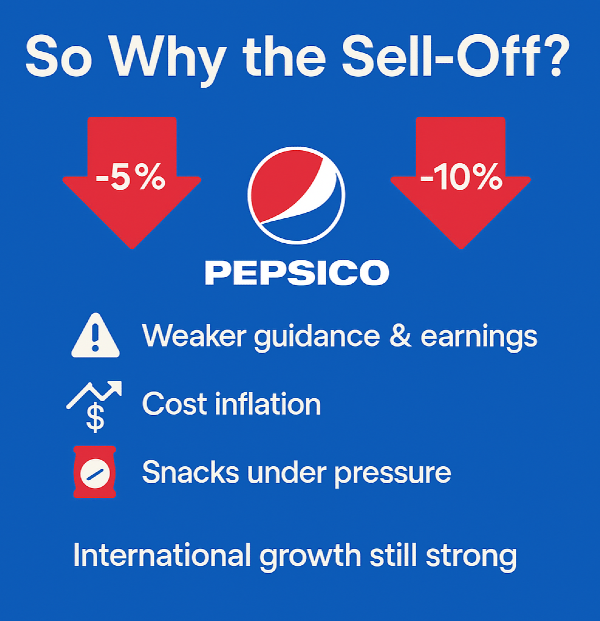
Despite the solid fundamentals, the stock has retreated due to weaker earnings guidance and recent quarterly performance. In their latest report, PepsiCo announced a 5% drop in revenue and a 10% dip in GAAP EPS year-over-year. These declines stemmed from global macro pressures, cost inflation, and what the company described as a “subdued consumer environment.”
Notably, competitors like Coca-Cola haven’t been hit as hard—likely because they don’t operate in the snack segment. Frito-Lay North America, a cornerstone of PepsiCo’s food business, appears to be under particular pressure. Rising tariffs and ingredient costs have squeezed margins in snack-heavy businesses across the industry.
Still, the international segment posted 5% organic growth, and PepsiCo continues to invest in optimizing its supply chain. Analysts generally agree that the stock’s sell-off reflects short-term hurdles rather than long-term weakness.
Looking Ahead: Modest Forecasts, Conservative Valuations
PepsiCo has tempered expectations for fiscal 2025, guiding for low single-digit organic revenue growth—likely in the 1% to 3% range. Wall Street forecasts a 3.1% drop in non-GAAP earnings per share next year, with slight revenue growth of just 0.2%.
But the outlook gets brighter over the medium term: analysts expect earnings to rebound nearly 6% in 2026 and continue growing modestly through 2028. Based on those estimates, PepsiCo’s current price implies a forward P/E of 16.65—relatively low versus its historical average.
DCF Valuation: Undervalued or Fairly Priced?
A discounted cash flow (DCF) valuation using DividendData.com’s tool reveals several scenarios. Assuming a modest 3% growth in later years and a free cash flow multiple of 21.1, PepsiCo appears close to fair value at around $126. A higher multiple of 25 pushes implied valuation up nearly 15%.
Alternatively, under a perpetuity model, the company could command a share price of $140 to $217 depending on the long-term growth rate used—suggesting anywhere from moderate upside to significant undervaluation. Of course, these models hinge on inputs like the discount rate, making them more directional than definitive.
Analyst Price Targets and Final Thoughts
Wall Street analysts currently place a median price target of $150 on PepsiCo stock, with the highest at $170 and the lowest at $110. That median target points to modest upside potential.
The bottom line? If you’re hunting for the next growth rocket, PepsiCo may not be your pick. But if your priority is consistent dividend income backed by a resilient business, this may be one of the most compelling entry points in decades. With its highest yield in modern history and a legacy of dependability, PepsiCo fits snugly into any long-term income-focused portfolio.
And as always—do your own due diligence before making any investment decisions.
https://youtu.be/LnL9sdvyD-E?si=tfKdY2EGv9zL4NHN
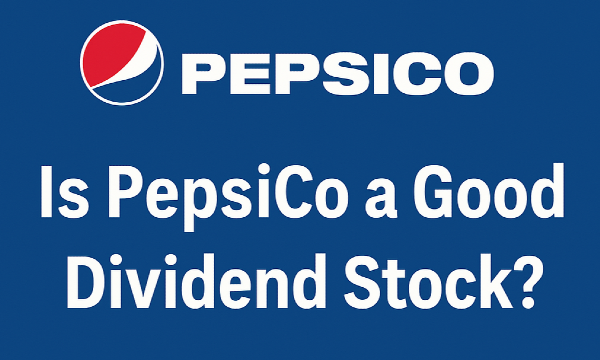

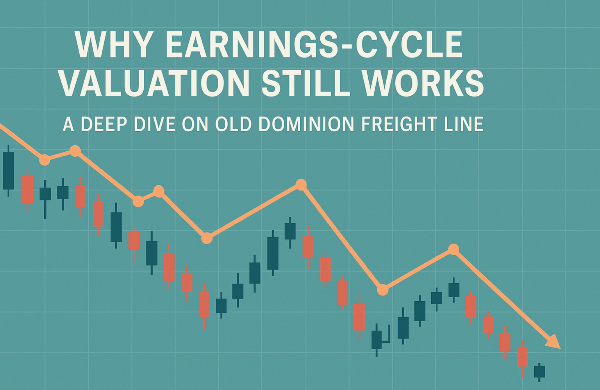
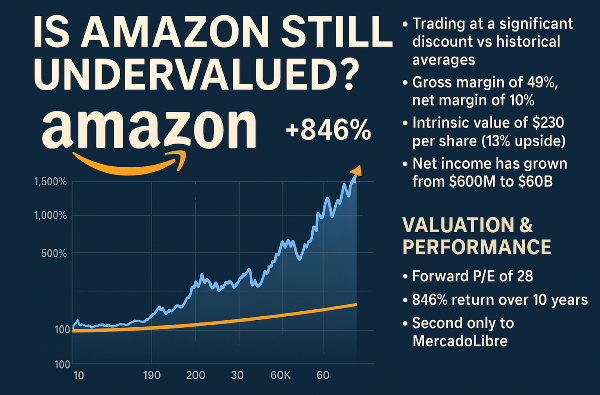
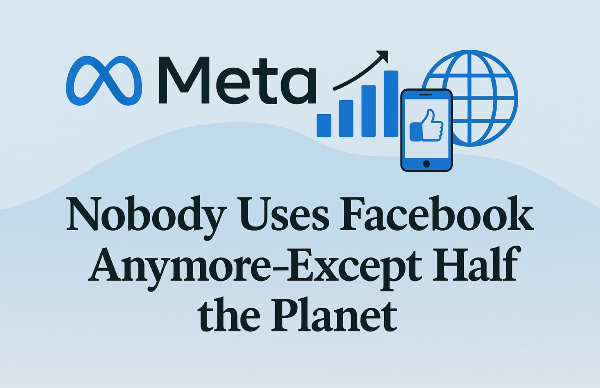


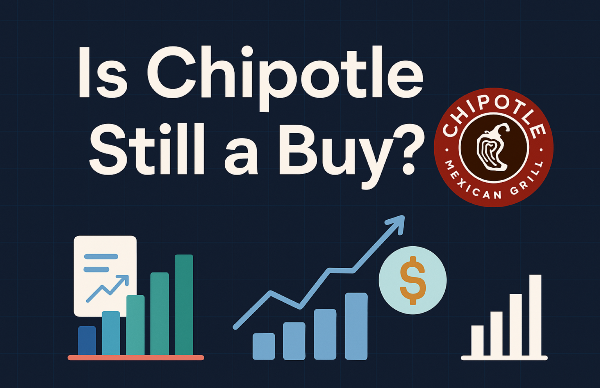
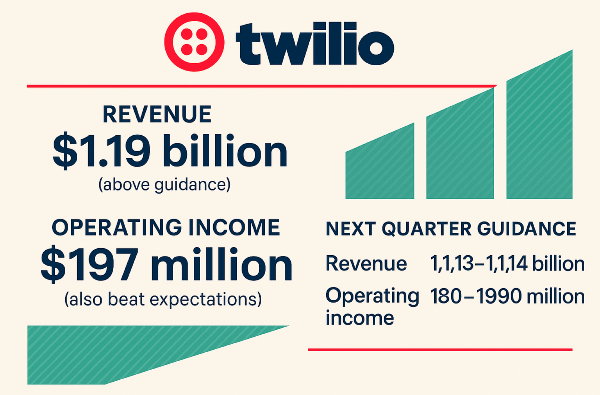
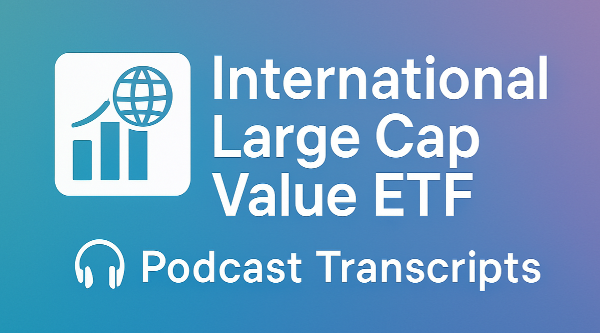
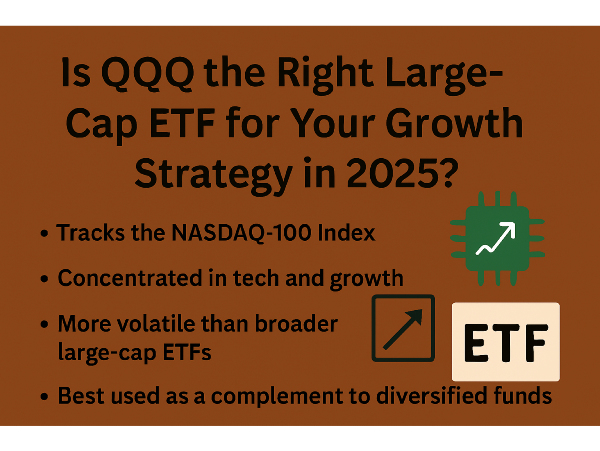
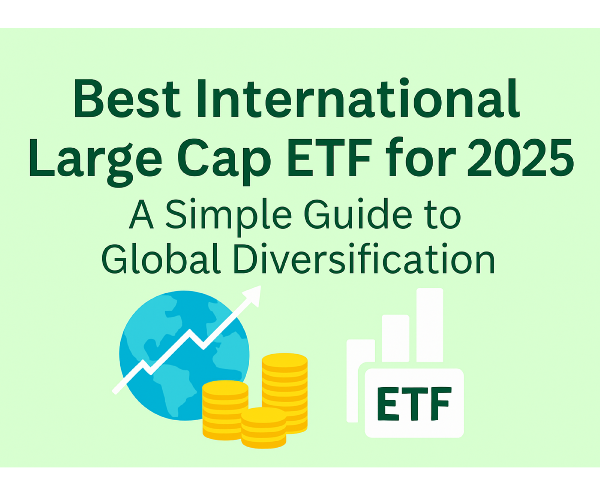
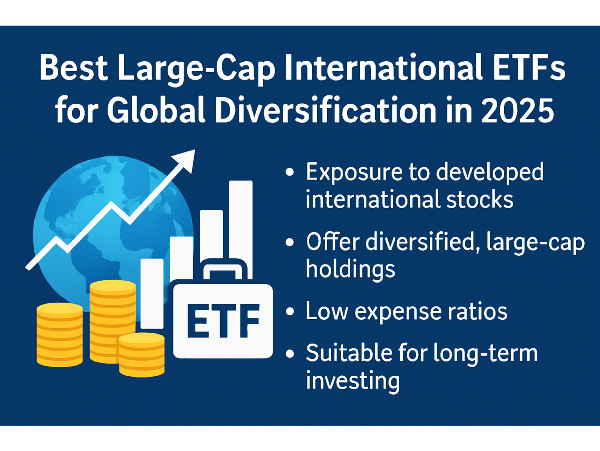
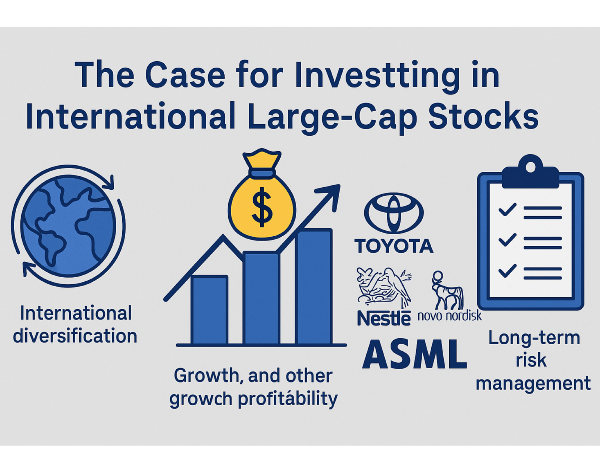
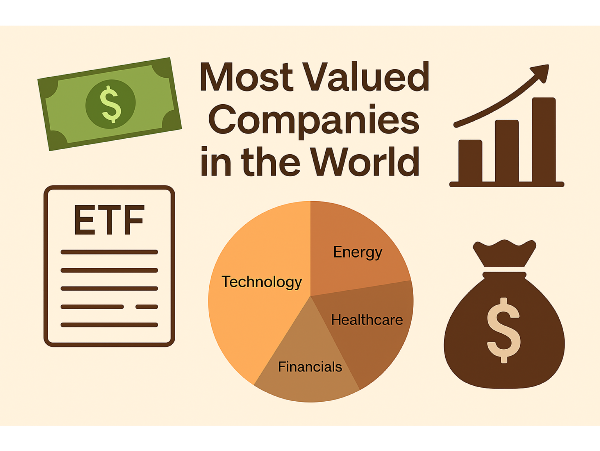
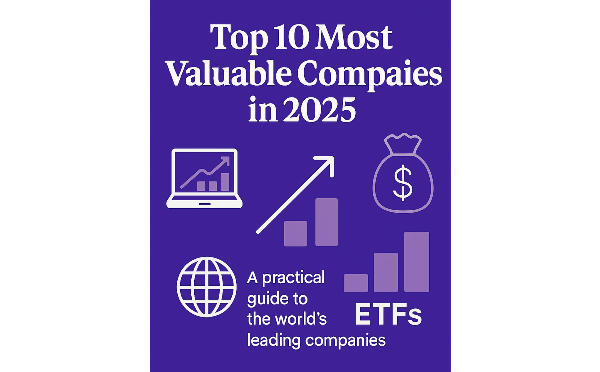
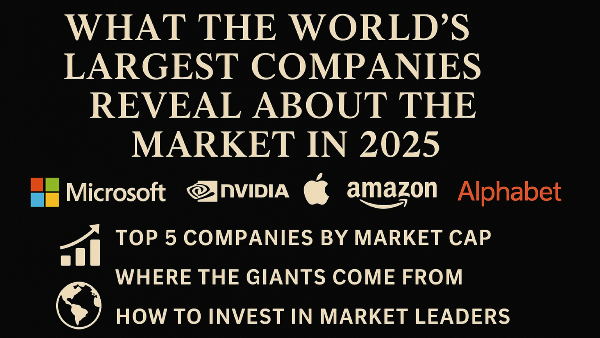
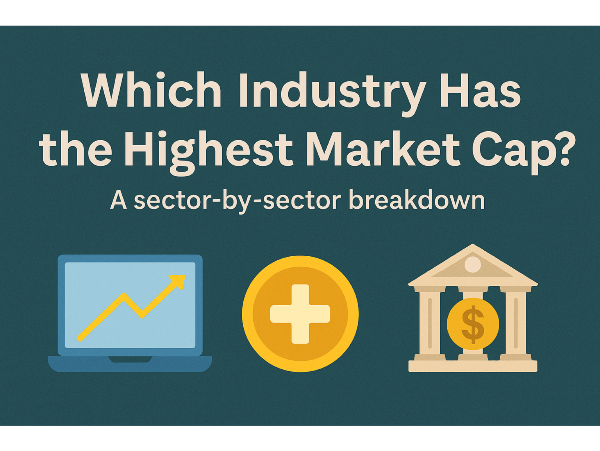
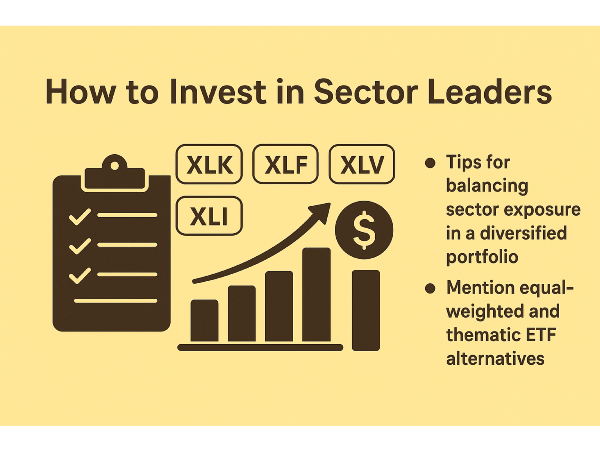
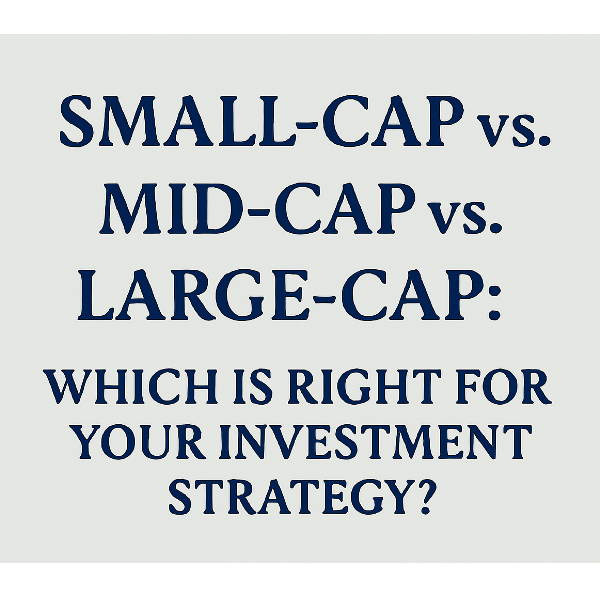
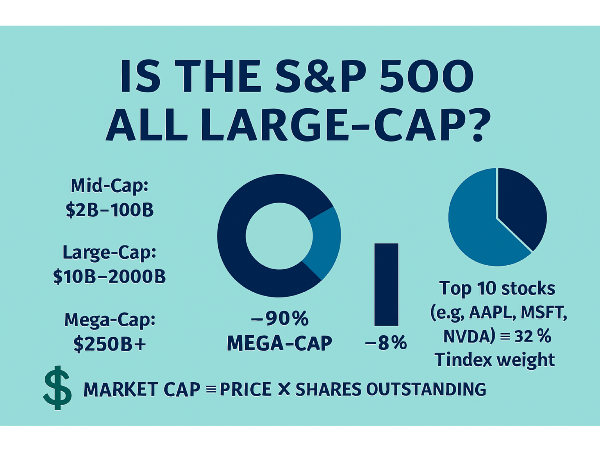
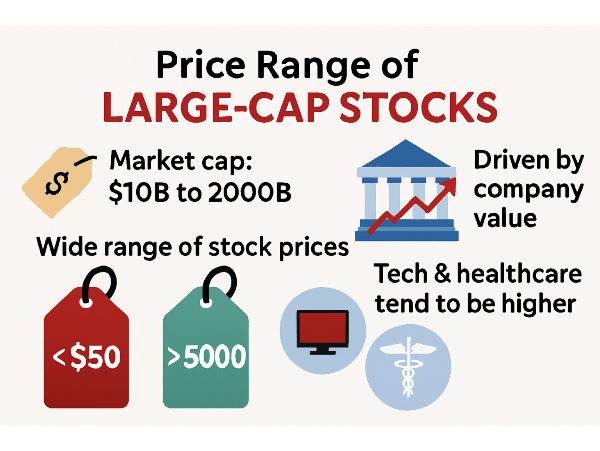








PepsiCo (ticker: PEP), the iconic parent of Pepsi, Gatorade, Lay’s, Doritos, and more, is trading at one of the steepest discounts in recent memory. The stock has fallen 33% from its all-time high and is down more than 20% just over the past year. As the price consolidates at these new lows, many investors are eyeing this moment as potentially one of the best buying opportunities in decades.
What’s fueling the buzz? For starters, this is a rock-solid business with reliable and growing earnings. PepsiCo is a Dividend King, boasting over 50 straight years of dividend increases. After the recent sell-off, the stock now offers a 4.33% dividend yield—the highest in at least the past five years. Compare that to just a few years ago, when the yield hovered around 2.5%. It didn’t even get this high during the 2008 financial crisis.
So what’s really going on with PepsiCo’s fundamentals, and could this be a classic value play in the making? Let’s dig into the numbers.
A Business Built to Endure
Dating back to 1898, PepsiCo has become one of the largest and most diversified snack and beverage companies worldwide. Its brand portfolio is a powerhouse, spanning beverages like Mountain Dew, Tropicana, and Aquafina, and snacks like Quaker, Cheetos, and Tostitos. Around 60% of its revenue comes from North America, with the beverage division contributing nearly $28 billion and food just under $30 billion.
The company’s deep brand recognition and massive supply chain infrastructure create a strong economic moat. PepsiCo controls shelf space, launches new products efficiently, and scales through strategic partnerships—like the recent collaboration with Celsius Energy Drinks.
Core Financials at a Glance
At a current share price of $131, PepsiCo is trading at a price-to-earnings ratio of 19.3 based on $6.80 in trailing 12-month GAAP earnings per share. That generous 4.33% dividend yield equates to an annual dividend of $5.69 and reflects a market cap of $180 billion.
Historically, PepsiCo’s earnings per share and revenue per share have shown steady growth—with a 10-year CAGR of 4% for revenue and nearly 5% for net income. Gross margins stand at a healthy 54%, with operating margins of 14% and net margins of 10.4%. While not quite matching Coca-Cola’s metrics, these are strong figures for the sector.
The Cash Flow Conundrum
Here’s where it gets interesting: free cash flow per share has barely grown over the past decade—just 0.19% annually. This plateau began around 2015, but 2023 marked a return to record highs. Operating cash rose from $10.5 billion to $12.5 billion during that time, but increased capital expenditures absorbed most of that bump.
Meanwhile, dividend payments ballooned—from $4 billion to over $7.2 billion annually. That explains the caution around sustainability, especially when free cash flow fluctuates.
Dividend Reliability Still Intact
Despite challenges, PepsiCo has never cut its dividend. Its 10-year dividend CAGR is 7.31%, with a slightly higher 3-year rate. However, the most recent hike came in at just under 5%, signaling that slower growth may be ahead—at least in the short term.
Is the payout sustainable? Based on net income, the dividend payout ratio is 75%, which is quite safe for a mature company designed to return capital. But when measured against free cash flow, the payout ratio topped 100% in 2022 and 2024. Still, PepsiCo brings in over $5 billion more in operating cash than it pays out in dividends, giving it some breathing room.
On the balance sheet, the company holds $8.5 billion in cash and short-term investments, though it also carries about $39.9 billion in net debt. That might seem hefty, but for a consumer staple with predictable cash flows, it’s manageable—albeit something to watch.
Here’s the continuation and conclusion of the SEO-friendly article based solely on the second half of the transcript. Tone, structure, and original personality are preserved. Bolding remains under 5% overall.
Is PepsiCo’s Dividend Still Safe?
To settle the question of dividend reliability, an AI-powered analyst from DividendData.com weighed in with an in-depth assessment. The takeaway? PepsiCo’s 53-year track record of increasing dividends, including a recent 5% bump, reflects deep corporate commitment. This year alone, PepsiCo projects $8.6 billion in total capital returns—$7.6 billion in dividends and $1 billion in share repurchases.
While the company’s payout ratio is high, it remains supported by strong operating cash flows. The share count has declined incrementally at about –0.3% per year. Taken together, these signals suggest a low risk of dividend cuts for now, although slower growth could be on the horizon if free cash flow pressure continues.
So Why the Sell-Off?
Despite the solid fundamentals, the stock has retreated due to weaker earnings guidance and recent quarterly performance. In their latest report, PepsiCo announced a 5% drop in revenue and a 10% dip in GAAP EPS year-over-year. These declines stemmed from global macro pressures, cost inflation, and what the company described as a “subdued consumer environment.”
Notably, competitors like Coca-Cola haven’t been hit as hard—likely because they don’t operate in the snack segment. Frito-Lay North America, a cornerstone of PepsiCo’s food business, appears to be under particular pressure. Rising tariffs and ingredient costs have squeezed margins in snack-heavy businesses across the industry.
Still, the international segment posted 5% organic growth, and PepsiCo continues to invest in optimizing its supply chain. Analysts generally agree that the stock’s sell-off reflects short-term hurdles rather than long-term weakness.
Looking Ahead: Modest Forecasts, Conservative Valuations
PepsiCo has tempered expectations for fiscal 2025, guiding for low single-digit organic revenue growth—likely in the 1% to 3% range. Wall Street forecasts a 3.1% drop in non-GAAP earnings per share next year, with slight revenue growth of just 0.2%.
But the outlook gets brighter over the medium term: analysts expect earnings to rebound nearly 6% in 2026 and continue growing modestly through 2028. Based on those estimates, PepsiCo’s current price implies a forward P/E of 16.65—relatively low versus its historical average.
DCF Valuation: Undervalued or Fairly Priced?
A discounted cash flow (DCF) valuation using DividendData.com’s tool reveals several scenarios. Assuming a modest 3% growth in later years and a free cash flow multiple of 21.1, PepsiCo appears close to fair value at around $126. A higher multiple of 25 pushes implied valuation up nearly 15%.
Alternatively, under a perpetuity model, the company could command a share price of $140 to $217 depending on the long-term growth rate used—suggesting anywhere from moderate upside to significant undervaluation. Of course, these models hinge on inputs like the discount rate, making them more directional than definitive.
Analyst Price Targets and Final Thoughts
Wall Street analysts currently place a median price target of $150 on PepsiCo stock, with the highest at $170 and the lowest at $110. That median target points to modest upside potential.
The bottom line? If you’re hunting for the next growth rocket, PepsiCo may not be your pick. But if your priority is consistent dividend income backed by a resilient business, this may be one of the most compelling entry points in decades. With its highest yield in modern history and a legacy of dependability, PepsiCo fits snugly into any long-term income-focused portfolio.
And as always—do your own due diligence before making any investment decisions.
https://youtu.be/LnL9sdvyD-E?si=tfKdY2EGv9zL4NHN